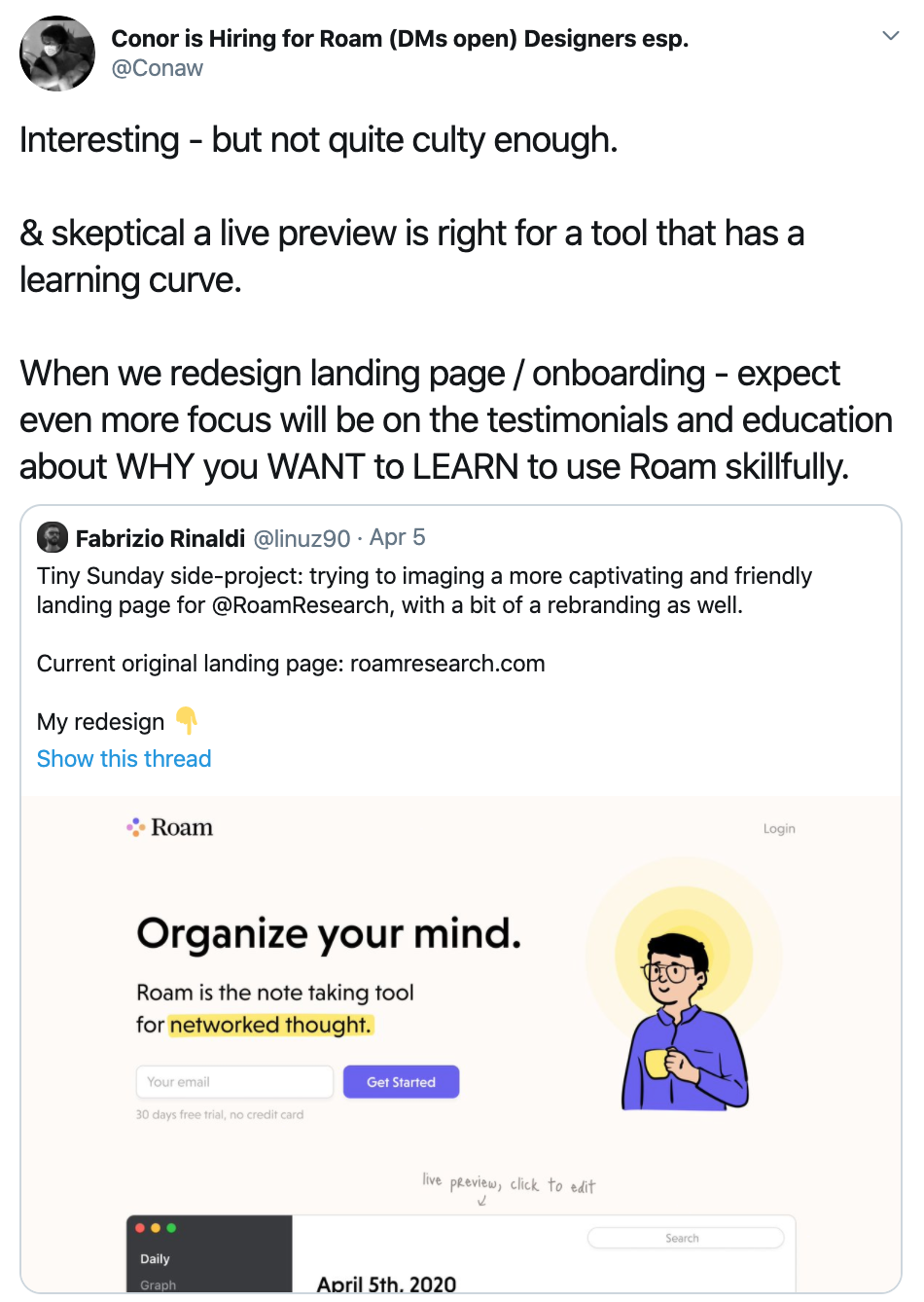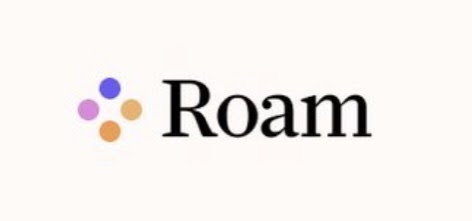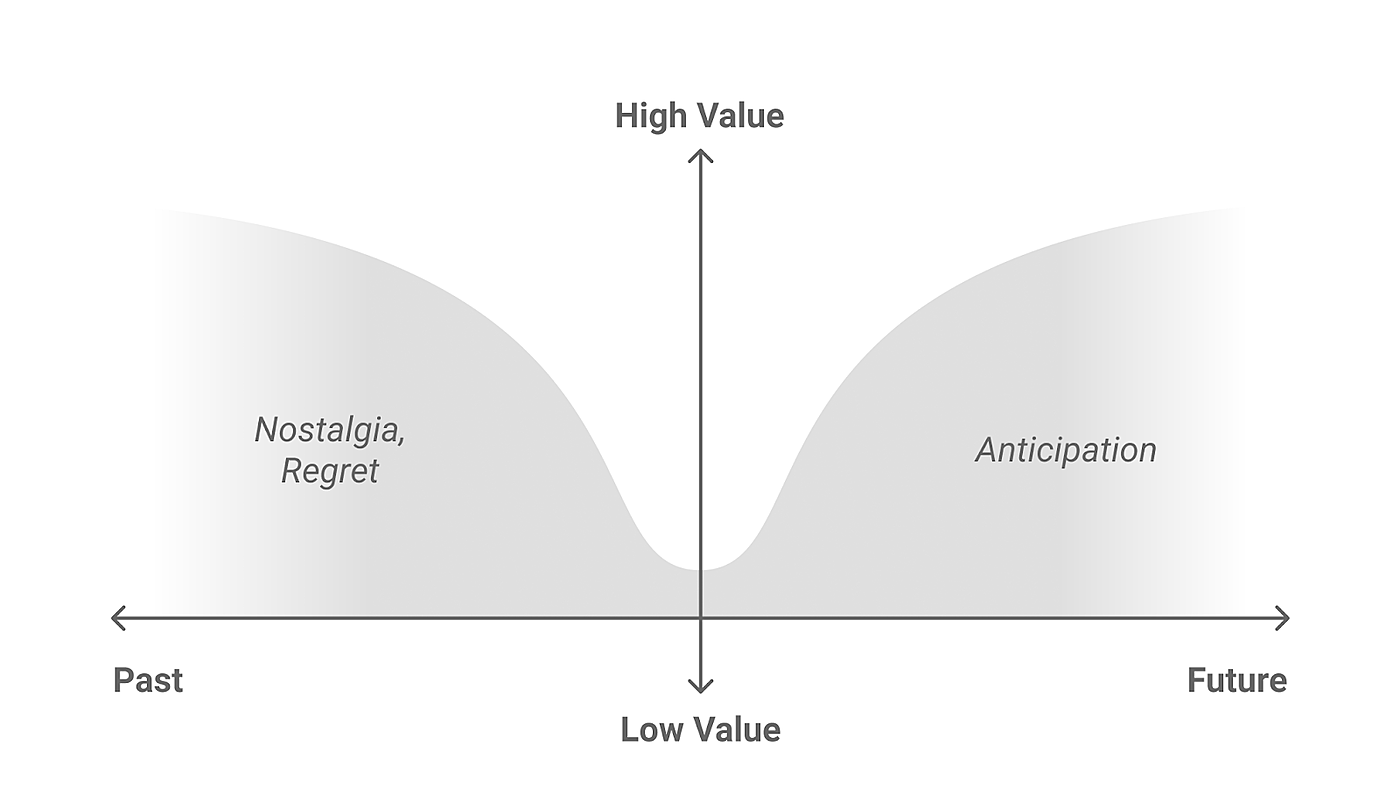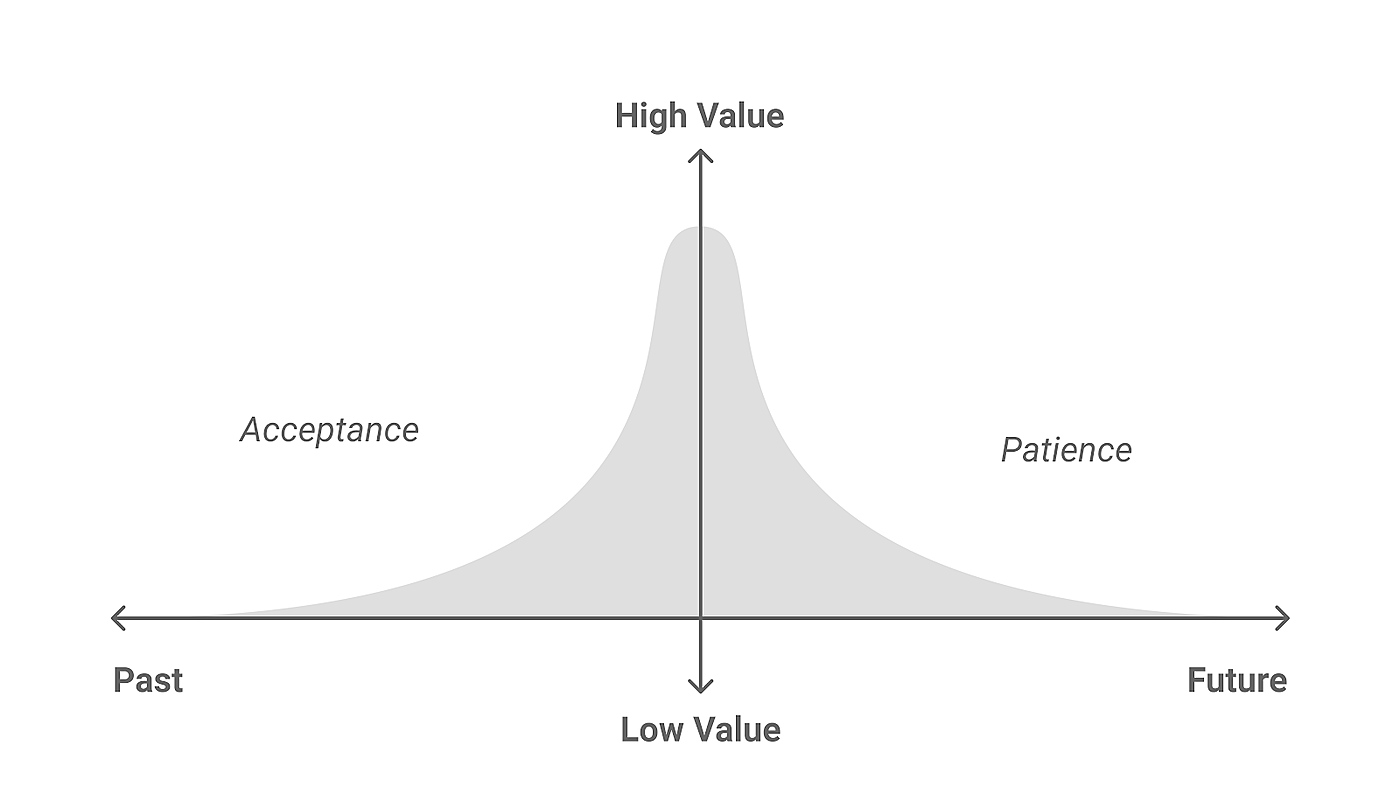
1
As you may have heard, last week Notion raised $50 million on a $2 billion valuation. Apparently the round came together in 36 hours.
That’s certainly a shining light in an otherwise bleak time for startup financing, but it makes me wonder: is $2 billion a sensible valuation?
It’s hard to say; we don’t know much financial information about the company. But that won’t stop us from guessing! Using some napkin math and the public information we do know (pricing, and their 4m total user count) we can estimate some key statistics.
To start, let’s assume Notion was valued at 50x revenue. This is a big assumption, but Zoom (one of the fastest growing public software companies) is trading at a similar multiple right now. Since Notion was valued at $2 billion, we can divide that by 50 to get an estimate of $40 million annual revenue.
We know they have 4 million total users and we know their pricing, so let’s crunch some numbers to see if $40 million in annual revenue is a realistic estimate.
Since Notion has their pricing on their website, we can get a pretty good estimate of their average revenue per paying user (APRU). Once we calculate ARPU, we can divide that number by their revenue to calculate the amount of paid users and see if the implied free/paid ratio feels sensible.
Here is Notion’s pricing:
(They hide the Enterprise pricing these days, but the last time I checked it was at $20 per member per month.)
Looking just at the paid tiers (remember: we are estimating paid users here), the simple average of $4, $8 and $20 is $10.67. However, the true revenue per user is likely lower than that — the product spreads to consumers a lot faster than to enterprises. So as a rough estimate, let’s guess that the weighted average is $7.50 per user per month.
We can then multiply the $7.50 revenue per user per month by 12 months to get $90 ARPU on an annual basis.
Then, we take this $90 ARPU and divide it into the $40 million in total revenue that we previously calculated. The result of this is an estimated ~444k paid users. This would represent about 11% of Notion’s 4 million total users.
Is that reasonable? I think so. Certainly a majority of people use Notion for free, but last year they had thousands of startups using their product and have quadrupled their user base since then. Even if they have lower ARPU, it’s not crazy to think they could exceed Zoom’s 50x revenue multiple, given they are younger and smaller and have more headroom to grow. Perhaps the $2 billion valuation isn’t such a stretch after all.
But crunching made-up numbers isn’t the only way to evaluate Notion’s prospects. An even better way might be to compare it to two similar SaaS companies: Evernote and Slack.
Both Evernote and Slack raised lots of venture capital and experienced rapid growth. However, Slack had a significantly better outcome: they went public in 2019, while Evernote did...not.
The biggest difference between the two is how many corporate customers they have. Slack has 660k organizations using its software, 110k of which are on their paid plan. Evernote, on the other hand, only has 20k enterprise customers.
So, will Notion turn out more like Slack, or more like Evernote?
There are many factors that determine the ultimate growth potential of a business, but I think most of it stems from differences in product.
Slack’s product has a strong gravitational pull. With messaging, there’s someone on the other side that expects a response from you. Everyone has to use the same system. That brings (and keeps) more users into the product, increasing revenue.
Evernote, on the other hand, has weaker pull. Users still come back to their notes, but not at the same frequency as they chat with their teammates. There’s also less reason why everyone has to use the same system.
(Fun fact: because of this, Evernote tried to add a chat product! But it never caught on.)
Notion is hard to define. It doesn’t have chat, but it is a central “source of truth” for many teams, giving it greater gravitational pull than Evernote. This is why features like kanban views and databases are so important to their growth. What’s unique about Notion is that it’s a blank slate, like lego blocks. You can do almost anything in it.
But, on the other hand, nothing works that well. It’s often slow and buggy, especially on mobile. Things that should be easy take a few extra clicks. This lack of focus is both their greatest strength and greatest weakness.
So, is Notion on a trajectory to be more like Slack? Or more like Evernote? I don’t have a strong opinion: I think they’re somewhere in the middle.
I just hope they use some of that $50 million to make their app work better.
2
People in my corner of Twitter love to talk about Roam. It made me wonder: What makes it so cool?
If you haven’t heard of it, Roam is “a note-taking tool for networked thought.” In layman’s terms that means it’s a notes app that lets you create links between pages, except anytime you link to page A on page B, it also shows a link back to page B on page A. This is called “bi-directional linking,” and it’s a nice way to keep things organized.
Confused? That’s ok. In fact, I think the main reason people like to talk about Roam on Twitter is that it’s hard to understand. There’s a learning curve not just to use the thing, but to even understand why you might want to use the thing. If you can get over that hump, it shows people how smart you are. So naturally people like to tweet about it.
(No shade to Roam fans! I write a newsletter for a living, so I am technically a professional at wanting people to know how smart I am.)
Anyway, the other day I saw a tweet from Roam’s founder that I think will be interesting to anyone who wants to create a product that achieves similar cult status:
“Not quite culty enough.” What does that mean? I think it’s a specific form of coolness.
(I’ll admit, I spent a lot of time this week reading about what makes things cool, because right now the opposite of cool is Quibi, and I was curious to learn what that was all about. Anyway, I digress.)
Coolness is a dance between familiarity and novelty. One way it’s often expressed is “most advanced yet acceptable.” The evolutionary psychology explanation is that we’re attracted to autonomy and independent thinking, so long as it’s not outright weird. The idea is that cool things don’t care too much about what other people (including you) think. They’re just doing their thing.
So how do you engineer that?
If you want to make something broadly cool, and you have a weird feature like bi-directional linking, you need to find a way to make it more friendly and familiar. That’s what Fabrizio Rinaldi was doing in his redesign.
It’s why he changed the logo from this:
To this:
But if you want to make something culty, it has to have a hard edge. The coolness is derived from the parts you don’t get at first, It motivates you to come to it, because it’s not trying to come to you. The cultiness gives you a reason WHY you WANT to LEARN to use it skillfully.
I would guess that this is why Roam’s founder likes quirky, polarizing design. It’s why their features look kind of crazy and take substantial time to learn. He doesn’t want to water down the experience. He’d rather convince you it’s worth investing effort. In order to do that, you need cult-like motivation.
It’s definitely the coolness-maximizing approach. My question is whether it’s the revenue-maximizing approach, too.
3
In economics, there is an idea called “time preference” that’s fascinating to me. It basically means “how much you prefer to have something now, rather than later.”
Time Preference is the basis for calculations like Discounted Cash Flow analysis, which is a method of valuing a business. (You basically estimate what the business’s future Cash Flows will look like, and then Discount them according to your Time Preference.)
Time Preference means that it’s economically rational to want stuff now, because you can leverage it to obtain even more stuff later. Plus, if you don’t get it now, it might never happen, because the future is uncertain.
I bring this up because I noticed something ironic recently about time preference: wanting things now actually devalues the present:
Whether or not you know the word Time Preference, this is something that we all do from time to time.
Sometimes I devalue the present because I’m too focused on the value of the past. I think about the “glory days,” like when I was working on my startup that created cool illustrated stories, or when I was working at Gimlet and I was able to learn so much interesting stuff about podcasts from so many smart people.
I also overvalue the past in terms of opportunities I regret not taking. I think thoughts like, “If only I had bought Apple stock when I was in college!” or “All the good startup ideas are taken! The industry is maturing and I’m too late.”
But the most common way I undervalue the present is by focusing too much on the future. For example, I act as if I’ll be happier once this newsletter hits profitability. So I want it now. But, really, I won’t be happier. Once I get close to the goal, my attention will have turned towards the next thing, whatever it is.
Wanting things now — ”valuing” the present more than the future — ironically actually devalues the present. It robs it of all its joy!
Like, I cannot wait for social distancing to be over. Cannot. Wait. But if I focus on that, it makes this time even worse.
I know you’ve heard it before, but it’s important to remember: now is good.
Now is good!
In my opinion, that’s a much better time preference to have.
The Only Subscription
You Need to
Stay at the
Edge of AI
The essential toolkit for those shaping the future
"This might be the best value you
can get from an AI subscription."
- Jay S.
Join 100,000+ leaders, builders, and innovators

Email address
Already have an account? Sign in
What is included in a subscription?
Daily insights from AI pioneers + early access to powerful AI tools














Comments
Don't have an account? Sign up!